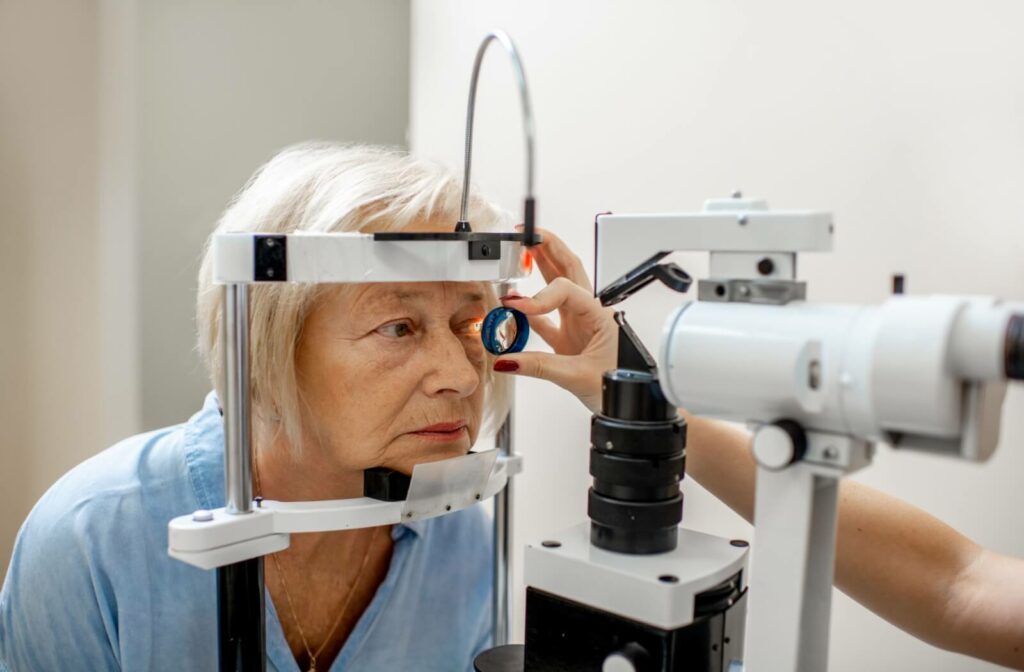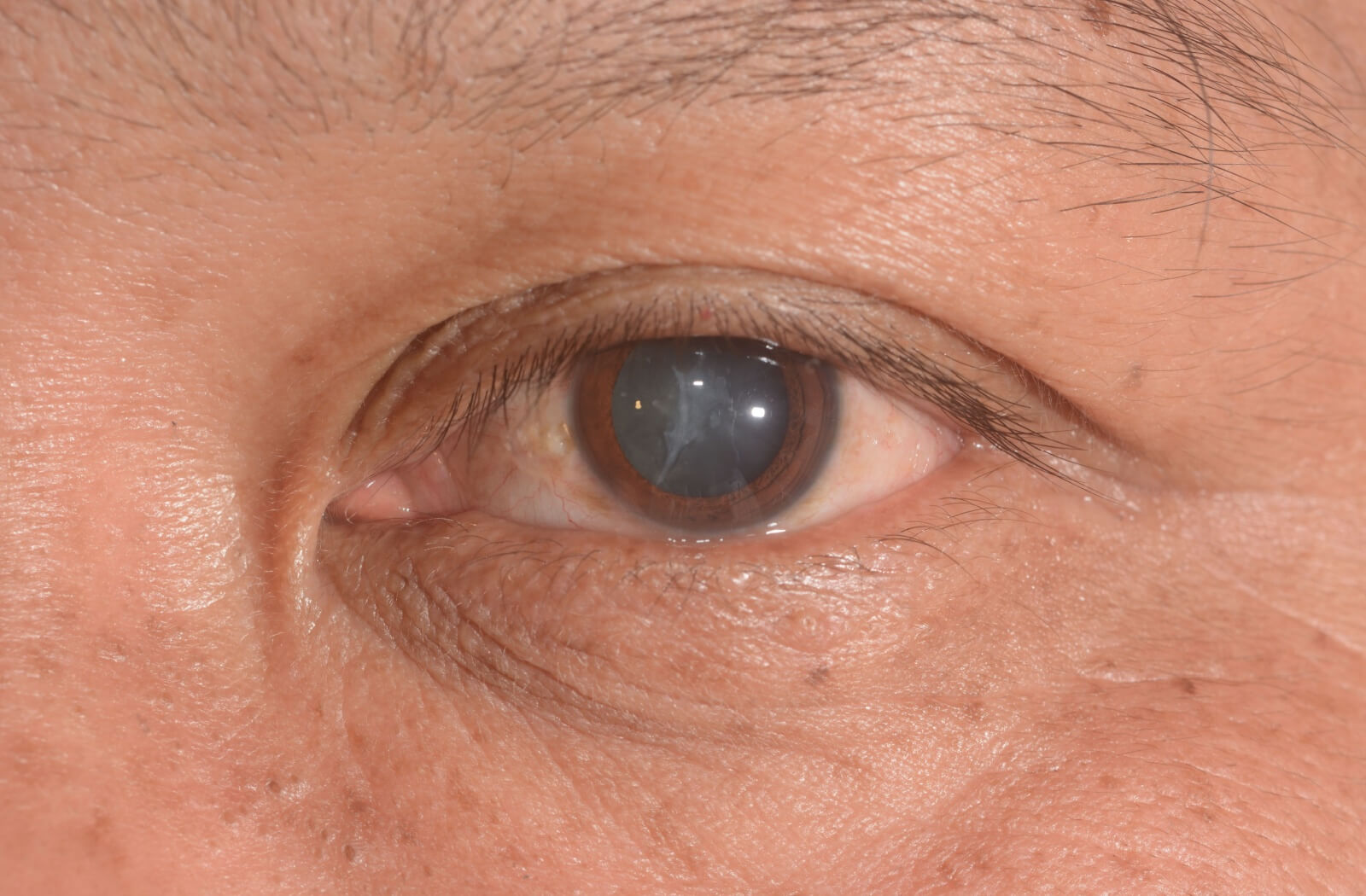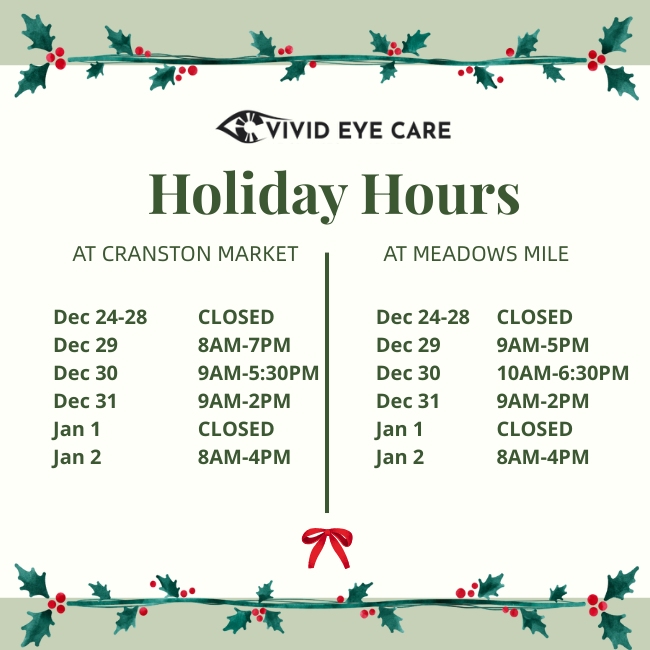Among the eye diseases that affect older adults, the most common include cataracts and glaucoma. While both can impact eyesight, they are very different conditions with distinct symptoms and treatments.
In cataracts, the eye’s lens becomes cloudy and in glaucoma, high eye pressure damages the optic nerve. Early detection through eye exams is the only way to diagnose cataracts and glaucoma.
What Are Cataracts?
Cataracts occur when the lens of the eye becomes cloudy, leading to blurred or dimmed vision. It’s typically age-related and develops gradually, affecting people over 60. However, cataracts can affect younger individuals due to genetic factors, medical conditions (such as diabetes), medications (such as steroids), or prolonged exposure to UV light.
Symptoms tend to worsen over time as the cataracts grow larger and cause the lens to get more cloudy. Common symptoms of cataracts include:
- Cloudy or blurry vision that doesn’t go away with blinking
- Difficulty seeing at night or in low light
- Faded or dull colours.
- Sensitivity to glare or bright lights.
- Frequent changes in prescription glasses or contacts
- Double vision
- Halos
Risk factors for cataracts are:
- Diabetes
- Obesity
- Certain medications, such as steroids
- High blood pressure
- Eye injury
- Excessive alcohol consumption
- Smoking
- Injury or trauma to the eye
Early Detection & Treatment of Cataracts
Cataracts develop slowly, so regular eye exams are critical to catching them early. Your eye doctor can detect cataracts during a routine eye exam, even before symptoms become noticeable.
In the early stages, prescription glasses and contact lenses can provide sharp vision. When cataracts significantly interfere with daily activities like reading or driving, surgery is recommended.
Cataract surgery is a common procedure that involves replacing the cloudy lens with an artificial one, restoring clear vision. The results from cataract surgery are often immediate and effective, making cataract surgery a safe and low-risk treatment for cataracts.
What Is Glaucoma?
Glaucoma causes damage to the optic nerve, which is crucial for transmitting visual information from your eyes to your brain. Glaucoma is often linked to increased pressure in the eye (intraocular pressure) but can also occur with normal pressure levels.
Symptoms of glaucoma can vary based on the type of glaucoma. Unlike cataracts, early symptoms of glaucoma are often subtle and unnoticeable, making it known as the “silent thief of sight.” Common symptoms of glaucoma include:
- Gradual loss of peripheral (side) vision in open-angle glaucoma
- Headache
- Nausea
- Vomiting
- Halos around lights
- Redness
- Eye pain
- Light sensitivity
Risk factors for glaucoma are:
- High eye pressure
- Age
- Family history of glaucoma
- Physical injury to the eye
- Eye surgery
- Diabetes
- High blood pressure
- Injury or trauma to the eye
- Prolonged use of certain medications
Early Detection & Treatment of Glaucoma

Early detection of glaucoma is essential, as damage to the optic nerve can’t be reversed. When left untreated, glaucoma can lead to irreversible vision loss and even blindness.
Regular eye exams can detect signs of glaucoma, such as increased eye pressure or optic nerve damage. Treatment options focus on slowing or stopping further damage and vary depending on the severity of the condition:
- Prescription eye drops to reduce intraocular pressure
- Laser therapy or surgery for advanced cases
Unlike cataract treatment, managing glaucoma is typically a lifelong process that requires ongoing monitoring and care.
Key Differences Between Cataracts & Glaucoma
Although cataracts and glaucoma both affect vision, their causes, symptoms, and treatments are distinctly different. Here’s a closer comparison to help clarify the differences:
- Causes: Cataracts are clouding of the eye’s lens, while glaucoma is damage to the optic nerve, often due to high eye pressure.
- Symptoms: Cataracts may cause blurry vision, faded colours, sensitivity to glare, while glaucoma may cause peripheral vision loss, eye pain, halos, and eye redness.
- Progression: Cataracts progress gradually and are treatable with surgery, while glaucoma is progressive and can lead to irreversible vision loss.
- Treatment: Cataract treatment involves lens replacement surgery, while glaucoma treatment involves medication, laser therapy, or surgery to manage pressure.
- Detection: Cataracts are detected by visible cloudiness in the lens and identified via eye exams with your optometrist, while glaucoma is detected through optic nerve tests and eye pressure checks via glaucoma-testing appointments with your optometrist.
Why Early Detection Matters
Both conditions can severely affect your quality of life if left untreated. Regular eye exams are the only way to catch these conditions early and prevent irreversible damage. Eye exams include testing the intraocular pressure, optic nerve health, and lens clarity, allowing your eye doctor to distinguish between cataracts and glaucoma quickly.
Caring for Your Vision
Cataracts and glaucoma may sound similar, but their impact on vision and approach to treatment are very different. Cataracts can often be treated effectively with surgery, while glaucoma requires consistent management to prevent further harm.
The key to maintaining healthy eyes is staying informed and scheduling regular check-ups with an eye care professional. Book an appointment with Vivid Eye Care if you experience any changes in vision or have concerns about eye health.






















